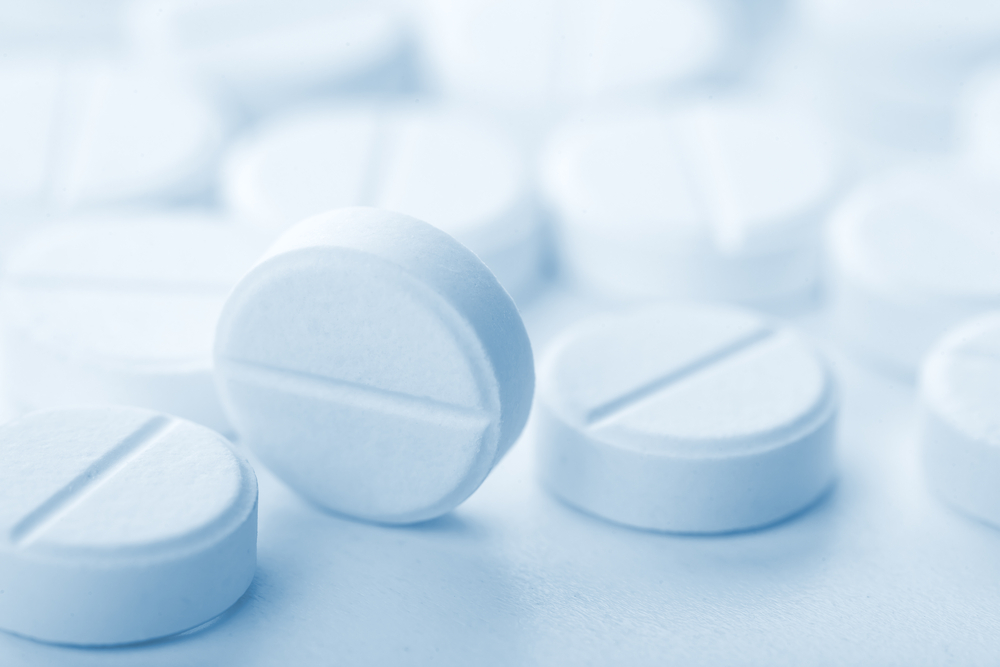ADHD Medicine Guanfacine May Help Manage Behavioral Disturbances, Study Shows

Treatment with once daily guanfacine extended-release tablets — used to treat attention deficit hyperactivity disorder (ADHD) — may help manage behavioral symptoms, such as aggression and self-injurious behavior, associated with Prader-Willi syndrome (PWS).
The findings were reported in the study “Guanfacine Extended Release for the Reduction of Aggression, Attention-Deficit/Hyperactivity Disorder Symptoms, and Self-Injurious Behavior in Prader-Willi Syndrome—A Retrospective Cohort Study,” published in the Journal of Child and Adolescent Psychopharmacology.
Guanfacine is an approved therapy in the U.S. that is sold under the brand name Intuniv, marketed by Shire, for treating ADHD. It is a alpha2-adrenoceptor agonist that works by moderating the activity of the brain’s prefrontal cortex. This results in improved coordination of executive functioning, and reduced impulsivity.
Studies have shown that similar medicines, from the alpha2-adrenoceptor agonist family, also can be beneficial for the treatment of disruptive and aggressive behaviors.
In general, guanfacine — in the formulation of extended release (XR) tablets — has been demonstrated to be safe, and to effectively reduce hyperactivity, impulsivity, and distractibility in patients with autism.
Supported by these findings, researchers believe that guanfacine may hold potential to help treat behavioral disturbances in patients with PWS.
Therefore, researchers at NYU Winthrop Hospital and Stony Brook University explored the impact of treatment with guanfacine-XR tablets in 20 people, ages 6 to 26 years, with genetically confirmed PWS. All showed signs of aggressive behavior or increased agitation, skin picking, or ADHD symptoms, and were referred to psychiatry management.
The group received treatment with once daily oral guanfacine-XR, with doses ranging between 2 and 3.75 mg per day, for a median time of 8.5 months. During this period, 90% of the patients also were receiving growth hormone therapy.
Among the 17 participants with aggression or agitation behavioral disturbances, 14 (82.3%) showed improvements in their symptoms with guanfacine-XR treatment. Two (11.8%) experienced worsening symptoms, and one patient remained stable with no changes in symptom severity.
Of the 16 patients with ADHD symptoms, 15 (93.8%) reported improvement with the therapy. One individual’s symptoms remained unchanged.
Treatment with guanfacine-XR also was found to have a beneficial effect on managing skin-picking behavior, with nine (81.8%) of the 11 affected patients showing improvements.
Regarding safety, guanfacine-XR was found to be well-tolerated in general, with only three patients complaining of increased fatigue and sedation. These effects were manageable by reducing the administrated dose. Researchers also noted that the therapy did not induce abnormal weight gain or significant adverse reactions.
Despite the good tolerability profile, two patients discontinued treatment due to frank psychotic symptoms, auditory hallucinations, and delusions. In these patients, guanfacine-XR did not show any beneficial effect on reducing psychotic symptoms or aggressive behaviors.
Based on the results, the team concluded that guanfacine-XR “demonstrated improvement in symptoms of skin picking, aggression/agitation, and ADHD in patients with PWS.” However, they noted that the therapy “was not effective in reducing psychosis or agitation related to psychotic symptoms.”
Overall, the team believes that guanfacine-XR “may be effective in the management of behavioral disturbances in PWS, while demonstrating limited side effects.”






